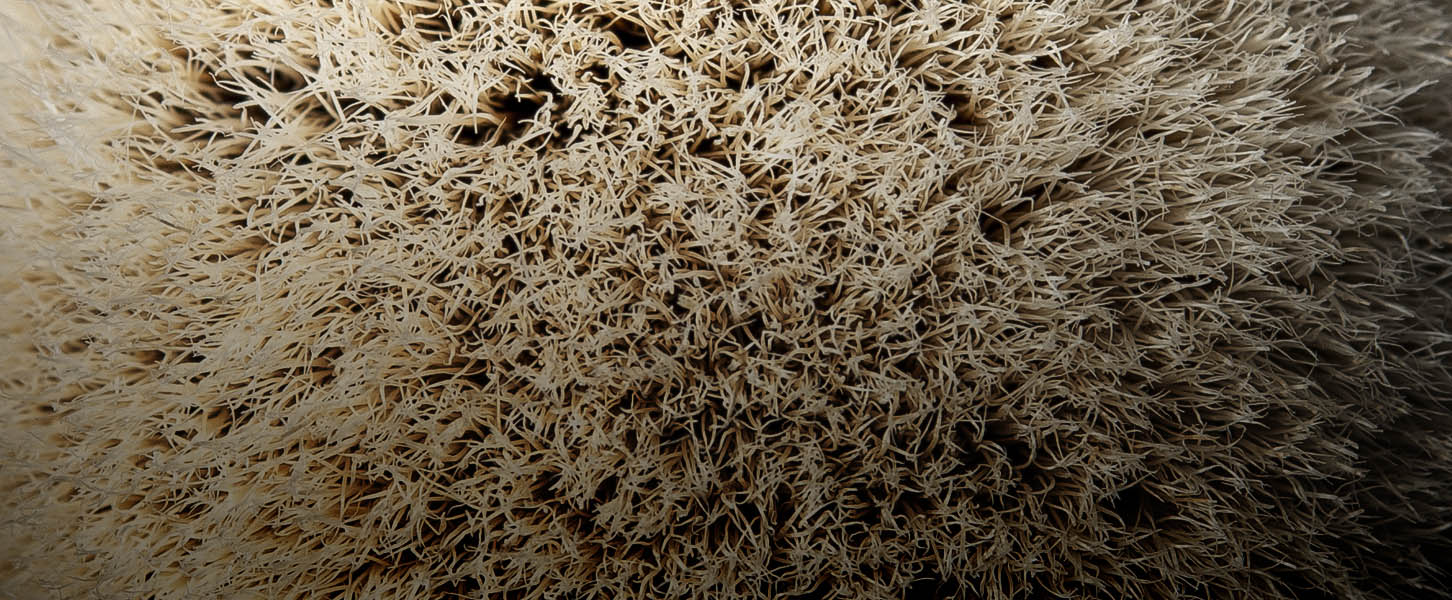I got a Semogue 1438 and a 1305. The 1305 was broken in after only a few shaves, and is among my favorite boars. The 1438, OTOH is a total worthless piece of inferior ¢rap. It took forever to break in, and once it was finally functional, the cheap paint on the wooden handle began cracking. Now I'm stuck with a brush that looks like looks like junk.
My advice is to never buy a 1438, since it's obviously overpriced junk. I'll be wary of any of their painted handles.
One thing I've seen guys do is to remove all the cracked/chipped paint and use a wood sealer/stain on the exposed wooden handle.
Looks awesome after this treatment!



